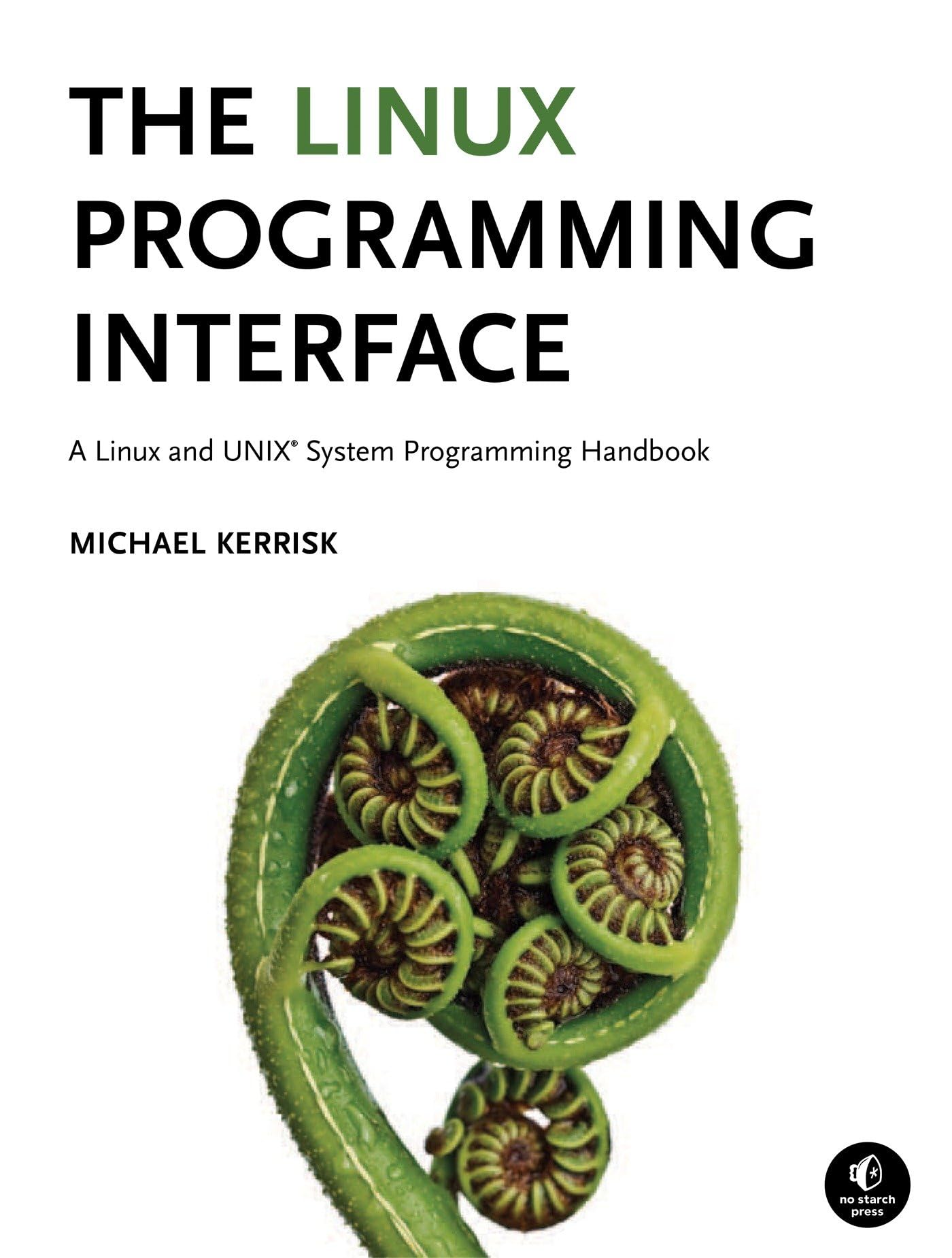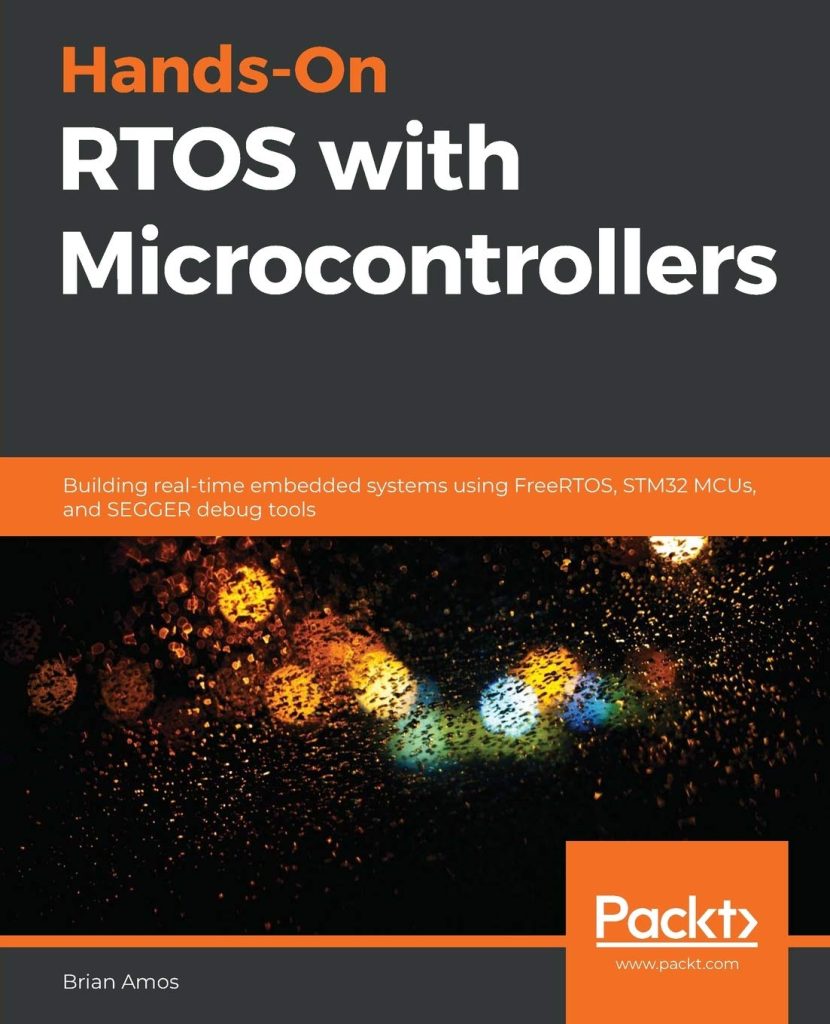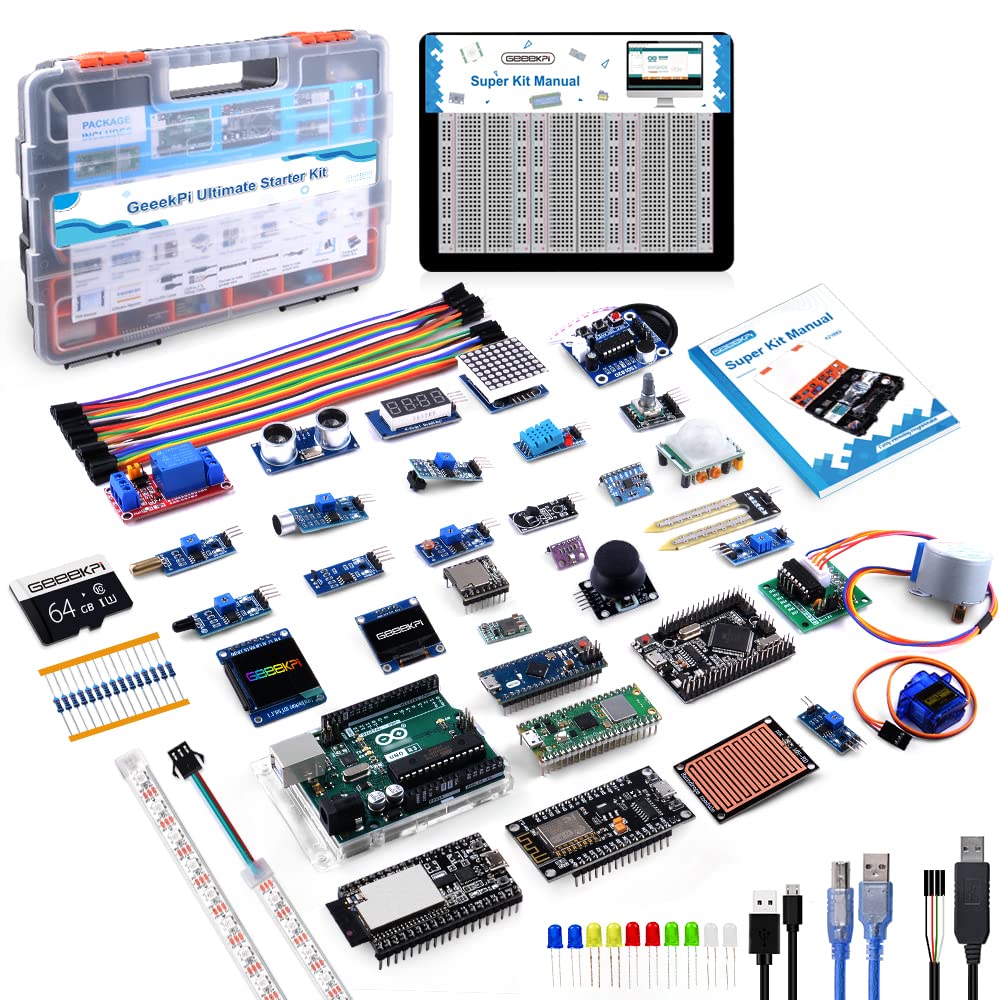If you’re a Linux enthusiast or a programmer looking to delve into the world of Linux system programming, then “The Linux Programming Interface: A Linux and UNIX System Programming Handbook” is the ultimate resource for you. With its comprehensive coverage and in-depth explanations, this book will be your trusty guide through the intricacies of Linux and UNIX system programming.
Written by Michael Kerrisk, an experienced Linux programmer and maintainer of the Linux man-pages project, this book is a goldmine of knowledge. It covers a wide range of topics, starting from the basics and gradually progressing to more advanced concepts. Whether you’re interested in file I/O, process management, memory allocation, or networking, you’ll find detailed explanations, code examples, and practical advice to help you master each topic.
What sets this book apart is its hands-on approach. Each chapter is filled with exercises that allow you to apply what you’ve learned and reinforce your understanding. The author also provides real-world examples and case studies, demonstrating how Linux system programming is used in practice. This practical approach not only helps you grasp the concepts better but also prepares you for real-world scenarios.
With its 1552 pages, this book may seem daunting at first. However, the author’s writing style is clear and concise, making complex topics accessible to readers of all levels. Whether you’re a beginner or an experienced programmer, you’ll appreciate the author’s ability to explain intricate concepts in a straightforward manner.
Overall, “The Linux Programming Interface” is a must-have resource for anyone interested in Linux system programming. It’s a comprehensive handbook that covers everything you need to know, from the fundamentals to advanced topics. Whether you’re looking to expand your knowledge or enhance your programming skills, this book will be an invaluable asset on your journey.





